Practice the fundamentals: on light & shadow and Fan Ho
The sixth issue of the practice the fundamentals series exploring shadow inspired by Fan Ho
Everyone carries a shadow, and the less it is embodied in the individual's conscious life, the blacker and denser it is
- Carl Jung
This week, I’m exploring shadow with inspiration from Fan Ho.
This post is part of the Practice the Fundamentals series. This series started with a simple idea: create an approach to practice photography that improves specific skills. These skills are focused on the artistic side of photography rather than technical and gear issues. If you missed it, this post explains it in more detail and how it’s inspired by musicians.
As usual, this is the recipe:
Define the technique
Find inspiration from someone who does it well (in photography or other visual arts)
Apply it
Define the technique: shadow photography
Shadow photography is about the spaces of a photo where light is blocked. While photography generally deals with how to light your subject, the absence of light can be just as powerful. Shadows create geometry, shapes, and a sense of mystery. Its interplay with light can also create interesting high contract images.
Find inspiration: Fan Ho
Fan Ho is an acclaimed Chinese photographer born in Shanghai in 1931. He began taking photos with his father’s camera at a young age, and interestingly, developed his film in the bathtub. His work documents urban life in Hong Kong in the 1950s and 60s.
Fan Ho’s photographic style is a masterclass in the use of light and shadow to create dramatic compositions. His images often feature rays of light illuminating part of the frame, while the rest of the scene is hidden in the shadows. This use of shadow creates a sense of mystery and intrigue in his photos. That feeling is accentuated by human figures that are often silhouetted or without much detail.
I learned a new word while exploring Fan Ho’s photography: chiaroscuro, the use of strong contrast between light and dark. Indeed, his use of shadows accentuates the quality of light in his photos. The shadows create boundaries and shapes around light. It’s the presence of both that lets you appreciate the contrast (similar to how scale works by contrasting a reference point to the overall scene).
Fan Ho also experimented with double exposure techniques later in his career when he saw that superimposing negatives created an interesting effect. That’s a technique for another day, but he also made use of shadow in his newly created frames.
Apply it: embrace the shadows
Cameras don’t “see” the same way as the human eye. The dynamic range of cameras is much narrower, which means that it cannot capture detail in both bright light and dark shadow at the same time. If you’ve ever wanted to capture a sunset with a darker foreground, you know the frustration of exposing for the sun and have your foreground become too dark, or exposing for the foreground and having the orange sky blow out.

While this can be viewed as a limitation of cameras, it also creates the possibility of capturing even more interesting and contrasty images. It allows us to create a mood that would not be directly visible with the naked eye. And so we learn to embrace the shadow.
Shadows take away details of the scene, which may feel like a loss, but they actually accentuate the subjects that are in the light. The pockets of light act like a spotlight on some parts of the image. The negative space creates mystery and intrigue about what is happening in the shadows.
In the process of experimenting with shadow, here are some things I’ve found useful:
Look for pockets of light that are surrounded by darker areas. Since your eyes can see the detail in both, it takes some time to notice but eventually becomes obvious
Use silhouettes of people or objects to add some layers to the photos
Look for shadows that create interesting shapes
That’s it for this week. Expose for highlights and make friends with your shadows.
Like plants, so men also grow, some in the light, others in the shadows. There are many who need the shadows and not the light
- Carl Jung

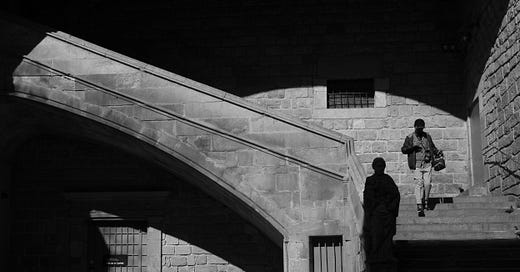



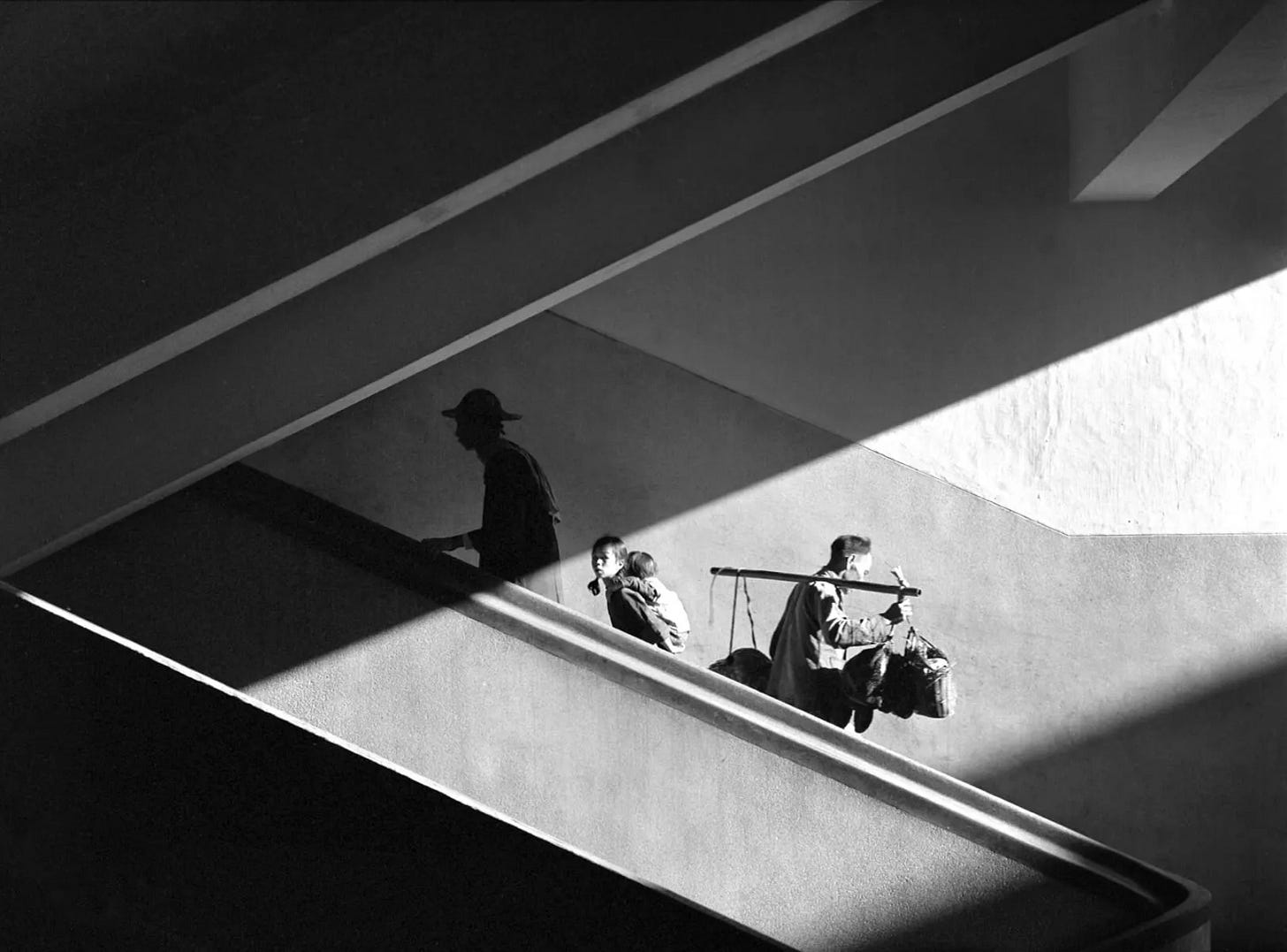
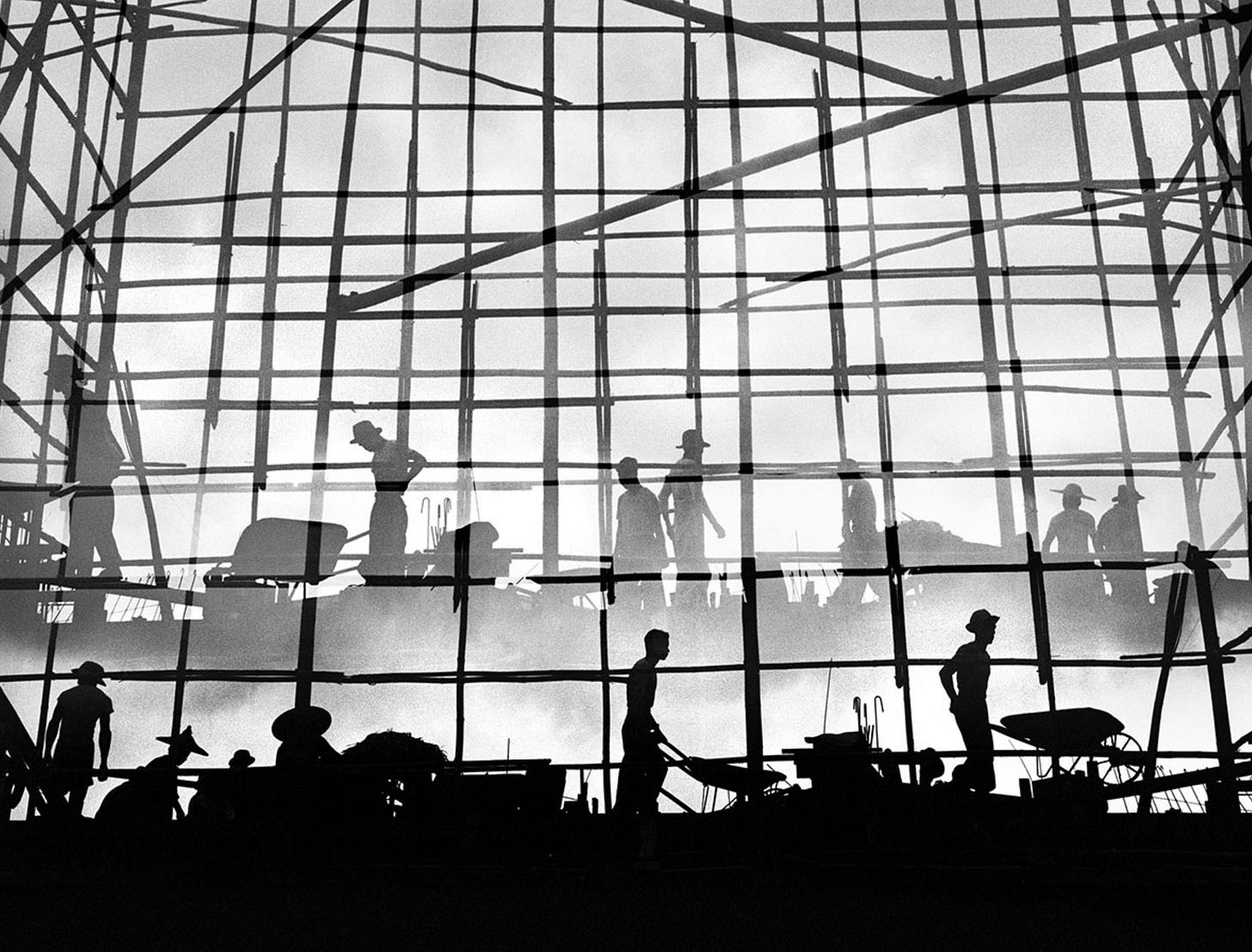
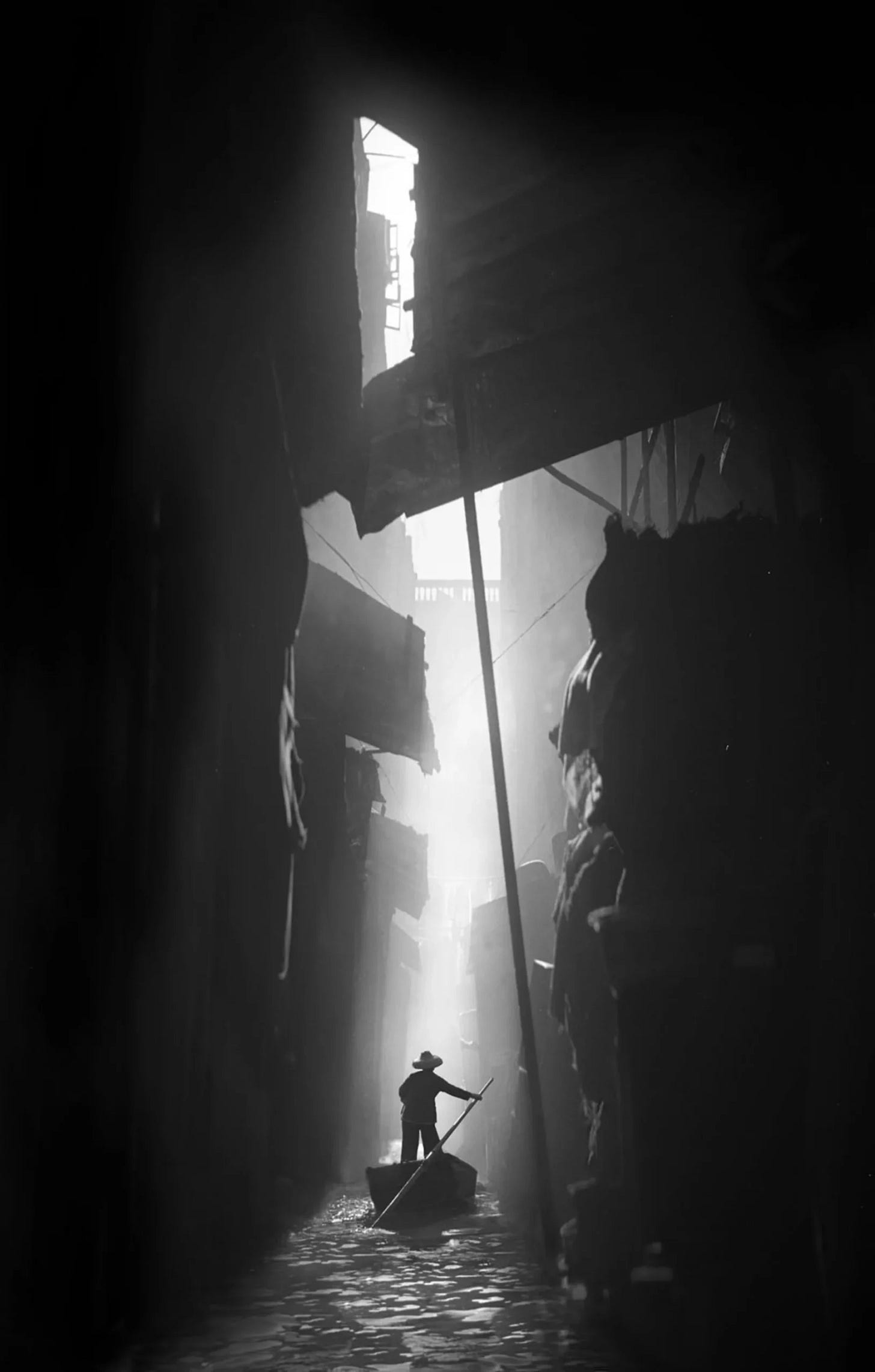

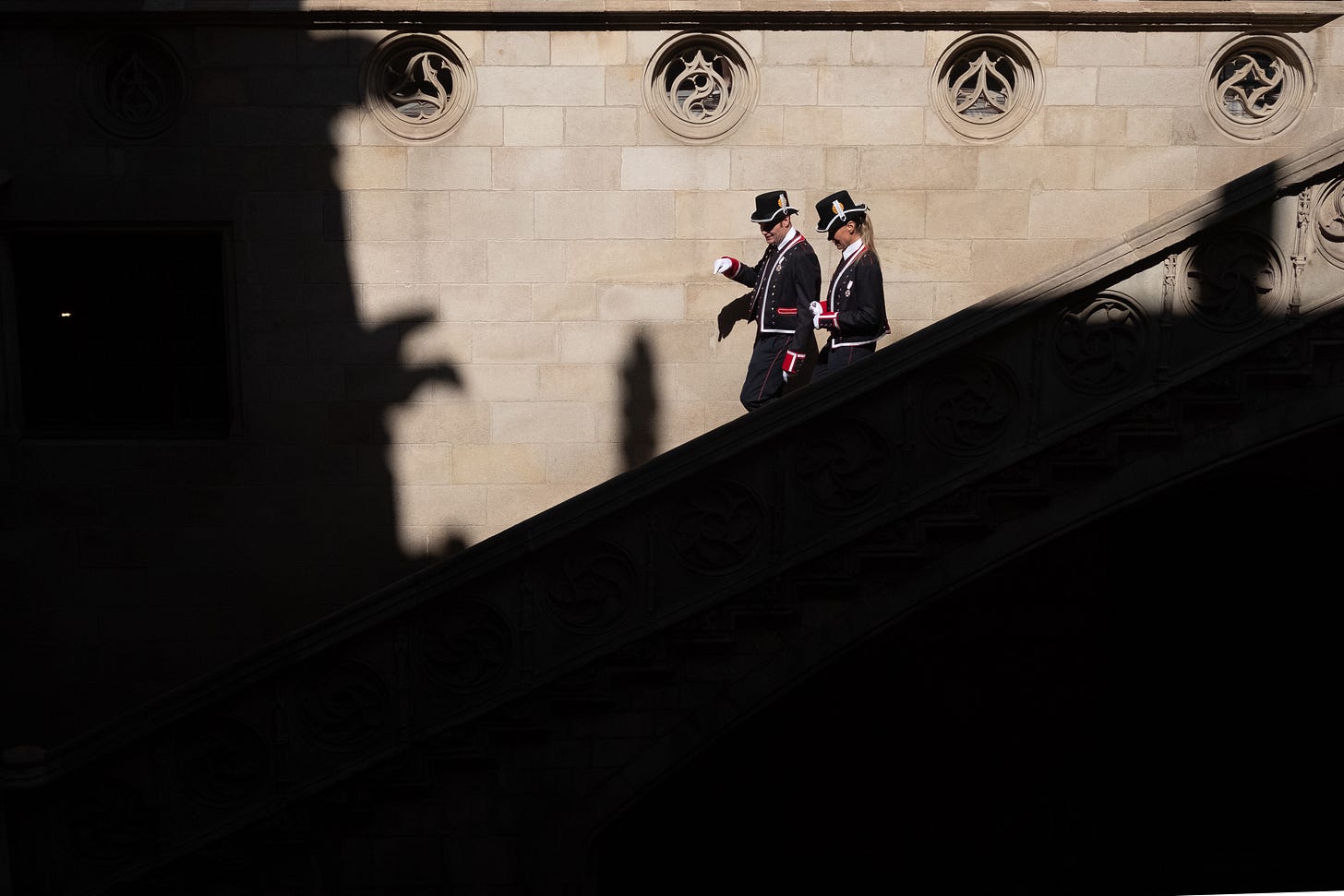
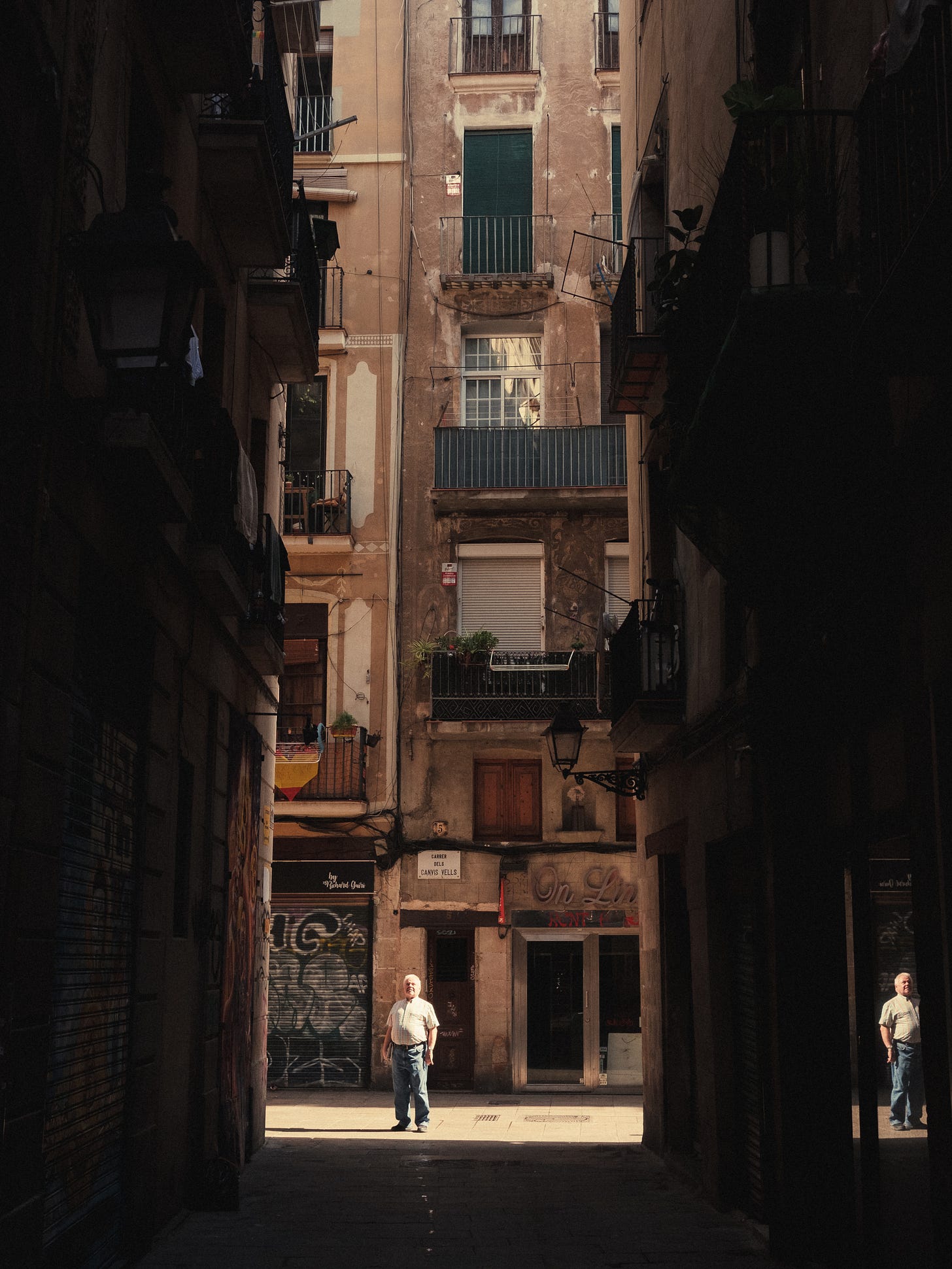
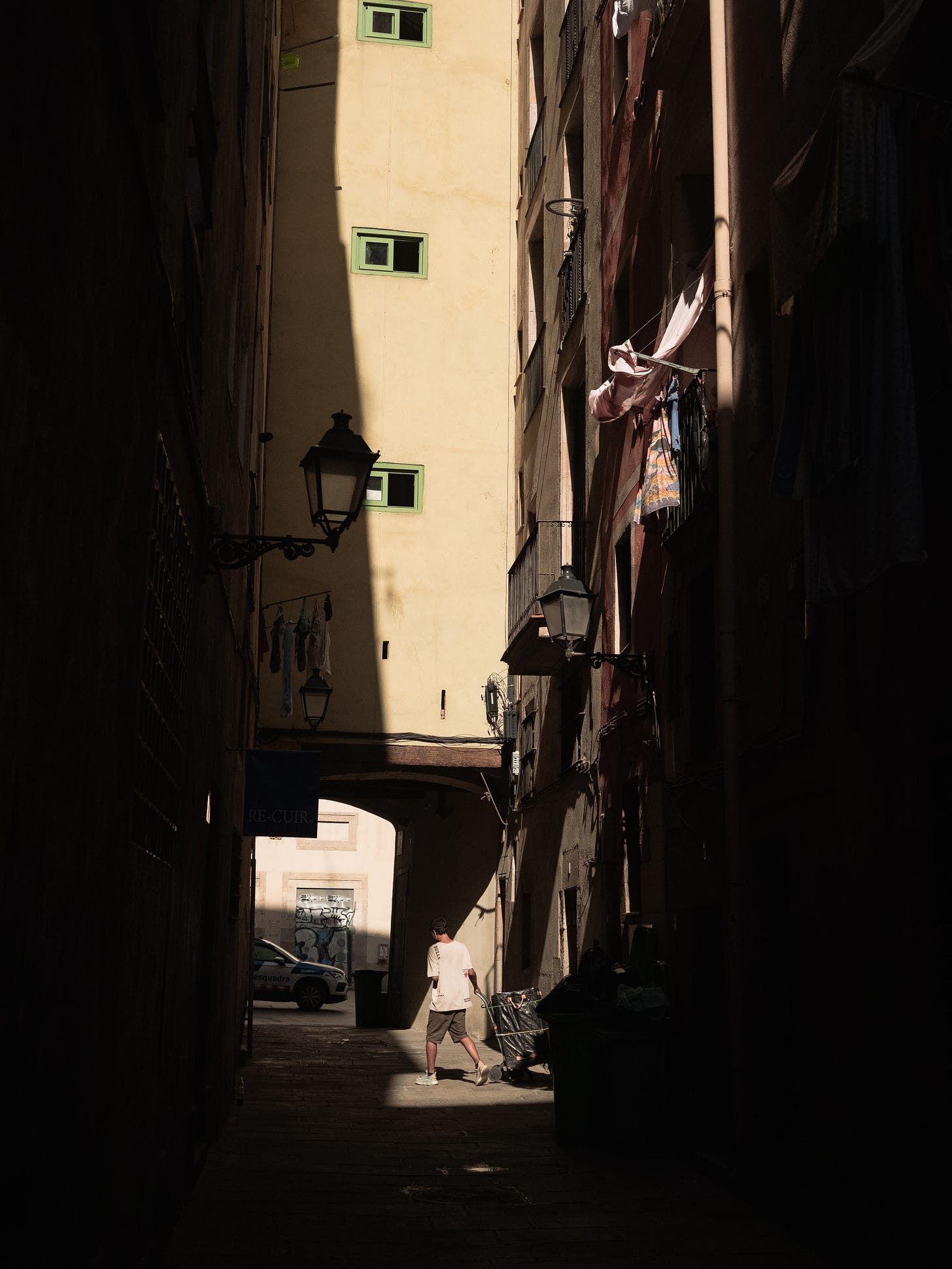

I'm definitely a fan of Fan Ho, I find his work dynamic and intriguing. Your images capture that same feeling and atmosphere. I really enjoyed this post.
I love Fan Ho’s work. That iconic photograph of the woman and shadow I read somewhere recently that the shadow was added in post edit later.